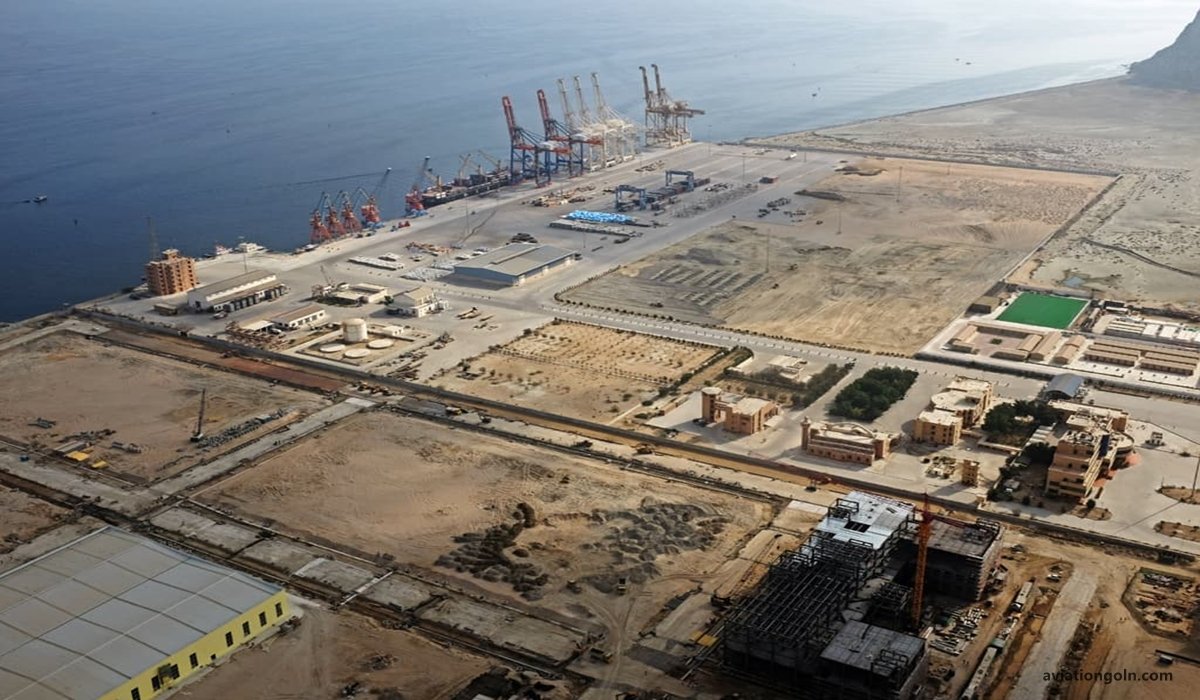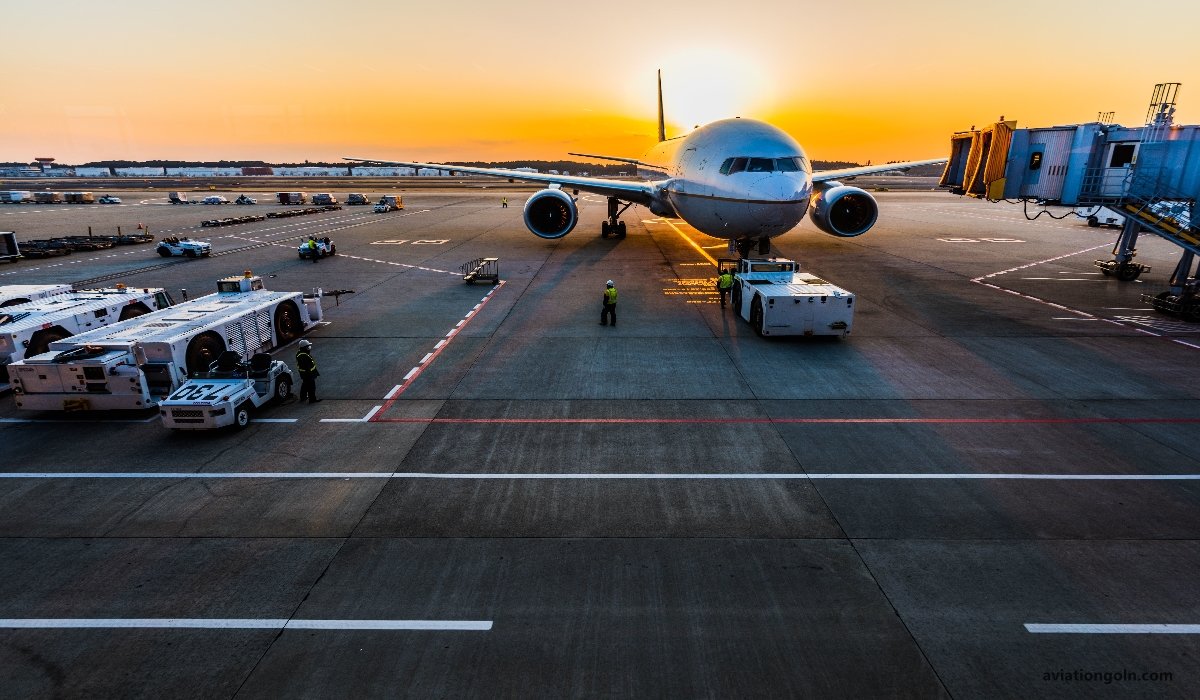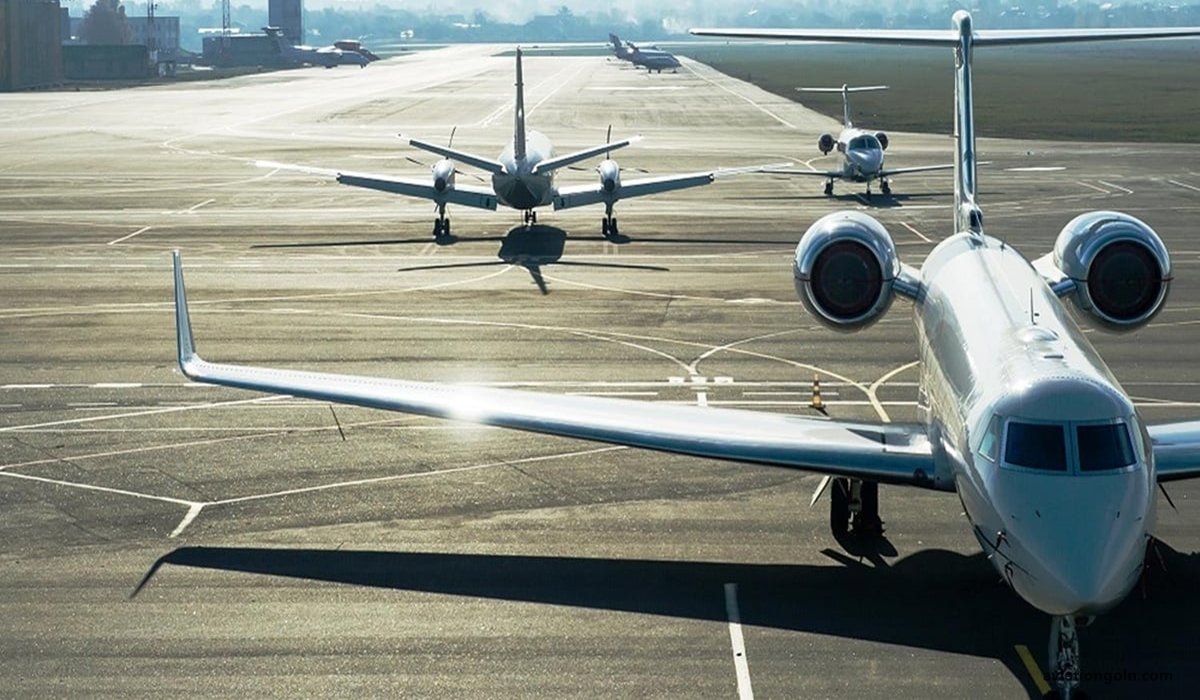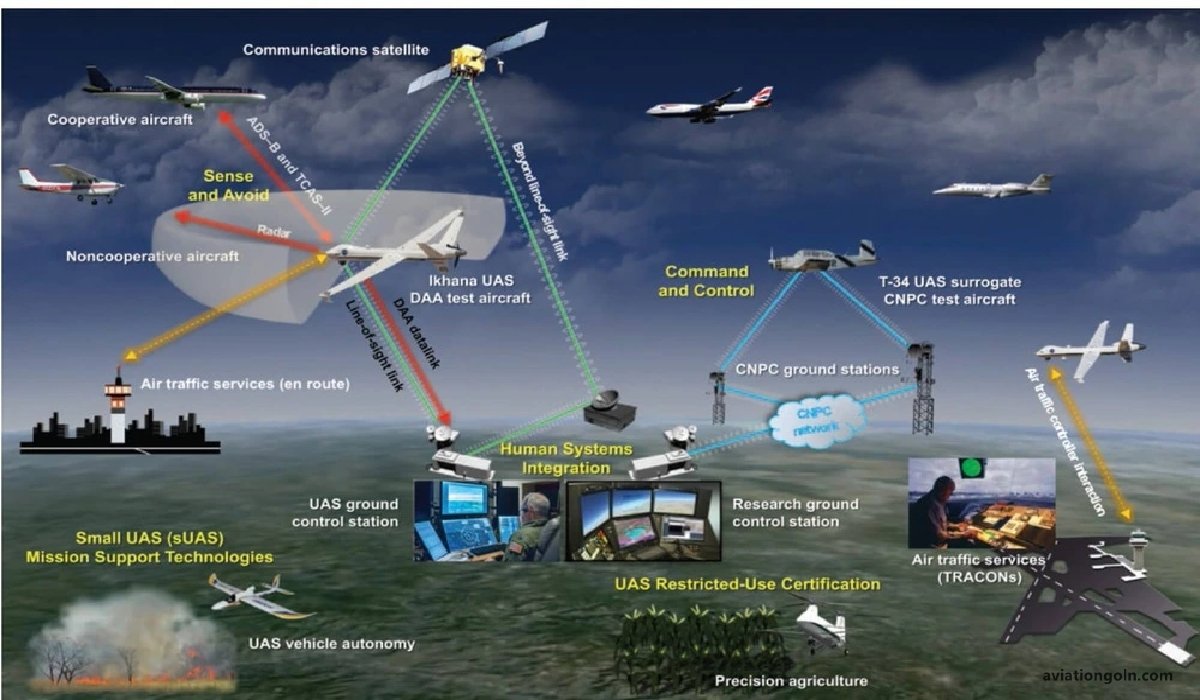Role of Airports in Global Connectivity, Airports have always played a significant role in connecting nations, economies, cultures, and people. These massive structures, scattered across various global landscapes, represent much more than just terminals for passenger boarding and disembarkation. They are the lifeblood of global connectivity and the pulse of international exchanges. This article delves deep into the transformative role of airports in fostering global ties, supporting economies, and bringing cultures together.
Role of Airports in Global Connectivity
1. Historical Perspective: Airports as Harbingers of Progress
The early days of aviation were marked by makeshift airstrips, which over the decades transformed into sprawling, complex establishments. As technology progressed, so did the capability of aircraft, making long-haul flights feasible and shrinking the world in the process. Airports emerged not just as touchpoints of these technological marvels but as gateways to countries and entire continents.

2. Economic Catalysts: From Local to Global
- Trade and Commerce: Airports are central to global trade. The rise of e-commerce and the need for rapid delivery have further boosted the significance of air cargo. Products manufactured in one corner of the world find consumers in another within hours, thanks to efficient airport logistics.
- Employment: Airports are miniature cities employing thousands. From airline staff, ground handlers, customs officers, to retail personnel, airports are significant job providers.
- Tourism: For many countries, tourism is a significant revenue source, and airports play a pivotal role. They are the first impression tourists get, and their efficiency can impact a country’s tourism appeal.

3. Cultural Exchange and Globalization
Airports enable an unprecedented exchange of cultures. With increasing flight connectivity, it’s common to see a melange of global citizens at any major international airport. This constant movement has led to the cross-pollination of ideas, cuisines, fashions, and even societal norms.

4. Infrastructure and Technological Innovation
Modern airports are marvels of engineering, architecture, and technology. They drive innovations in:
- Safety and Security: Advanced screening technologies, biometric systems, and AI-driven security protocols are now standard at major airports.
- Sustainability: Airports are increasingly focusing on green and sustainable technologies, from solar-powered terminals to initiatives aimed at reducing carbon footprints.
- Passenger Experience: Automated check-ins, smart baggage systems, AR-driven navigation aids, and personalized passenger experiences are reshaping modern air travel.

5. Diplomacy and International Relations
Air routes are as much about diplomacy as they are about logistics. Bilateral air service agreements determine flight frequencies, routes, and even pricing to some extent. Airports, in this context, become touchpoints of diplomatic ties between countries.

6. Regional Connectivity and Development
While major international airports often steal the limelight, regional airports play a critical role in connecting the hinterlands to urban centers. They facilitate the movement of resources, bolster regional economies, and play a part in decentralizing development.

7. Crisis Management and Humanitarian Aid
In times of crises, such as natural disasters or conflicts, airports become critical nodes for the delivery of aid, evacuation, and emergency management. Their role in facilitating quick movement ensures timely medical, food, and resource support to affected areas.

8. Future of Global Connectivity: Airports at the Forefront
The future foresees an even more interconnected world, and airports will undeniably be at its forefront.

- Hyper-connectivity: With concepts like the 90-minute global travel, ongoing research in hypersonic travel could redefine the role of airports.
- Spaceports: With commercial space travel no longer a distant dream, airports might evolve into spaceports, truly taking connectivity to another level.

9. Challenges and the Way Forward
Airports, while critical to global connectivity, face challenges:
- Capacity: Many major airports operate at near-full capacities. Expansions are not always feasible, necessitating operational efficiency and, at times, new airport constructions.
- Sustainability: As concerns about climate change intensify, airports need to champion sustainable practices, balancing operational needs with environmental responsibilities.
- Security: In an increasingly complex global scenario, airports continuously need to update security protocols without compromising the passenger experience.

Airports, in essence, are more than just transit points. They are symbolic of an era where boundaries are becoming increasingly blurred. Their role in economic sustenance, cultural exchanges, diplomatic ties, and technological advancements is indispensable. As the world stands on the brink of further technological revolutions, airports will remain the bedrock of global connectivity, ensuring that distances remain just numbers and the world a global village.
